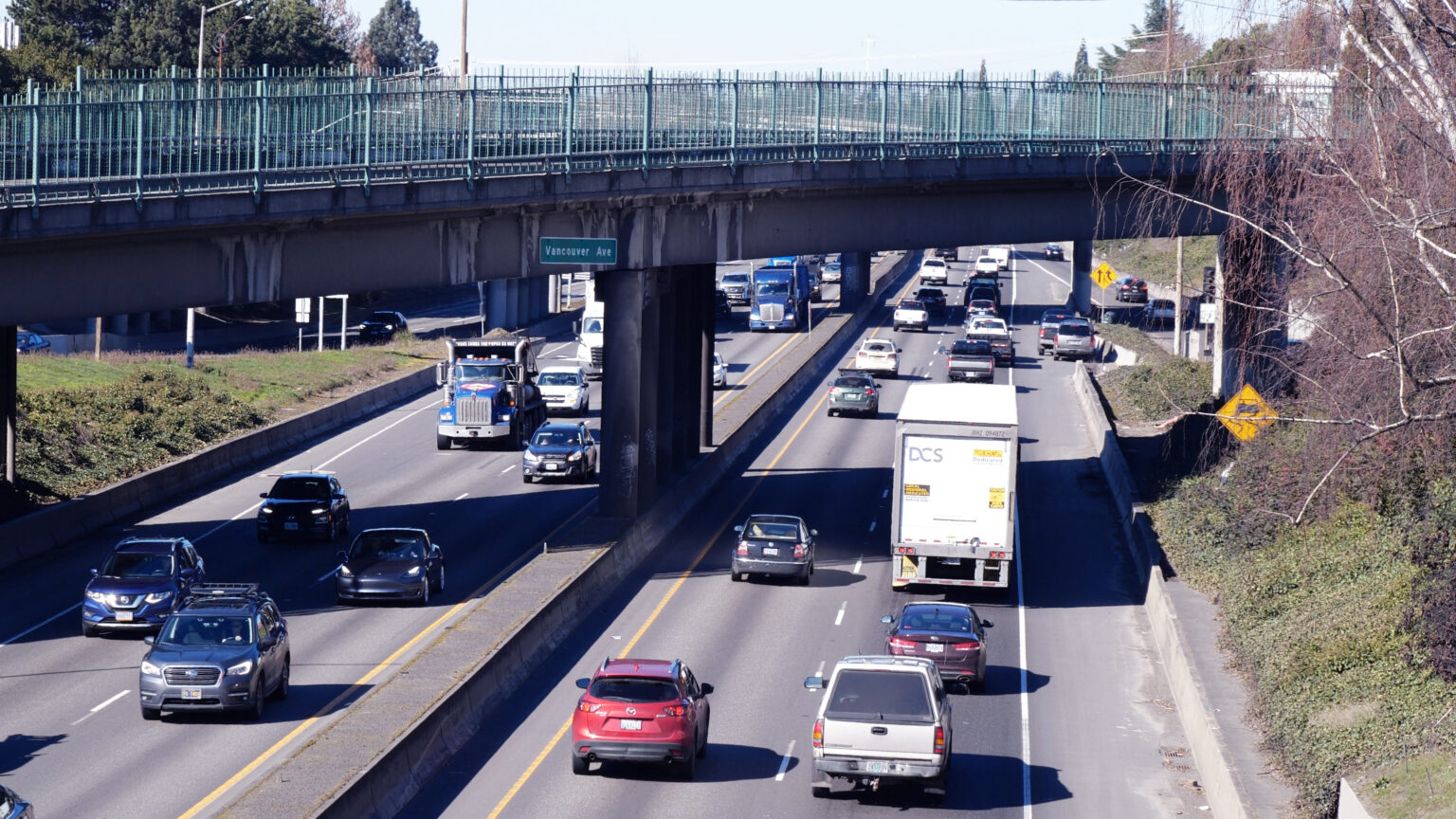Voice of the Chieftain: Ranked choice voting requires more resources
Published 6:00 am Wednesday, June 7, 2023
The Oregon House of Representatives has approved a measure, House Bill 2004, which would pave the way for a statewide vote to establish ranked choice voting throughout the state.
In general, we’re intrigued by ranked choice voting, which allows voters to rank candidates in order of preference in races that feature three or more candidates.
Trending
Here’s a (relatively) simple example of how it works. Say that three candidates — let’s call them Washington, Adams and Jefferson — are running in an election for the U.S. Senate. Instead of voting for just one candidate, in ranked choice voting, you get to rank candidates in order of preference.
So, in our hypothetical election, if your top candidate is Washington, you mark your ballot to show that Washington is your first choice. If candidate Adams is your second choice, you mark your ballot accordingly. If candidate Jefferson is your third choice, you indicate that on your ballot.
Locations that are experimenting with ranked choice voting are learning that those second and third choices matter, and here’s why: If none of the three candidates on our hypothetical ballot earns a majority of votes, the candidate who finishes with the least amount of first-place votes (let’s say it’s Jefferson) is eliminated. In the next round, election officials take a look at all of Jefferson’s first-place ballots and tally up the second-place votes for Washington and Adams — and those votes are added to the totals for those two candidates. In this case, with three candidates, someone wins a majority in the second round and is elected. In races with more candidates, more rounds might be required before someone wins a majority.
In the case of a recent Oregon election (for mayor of Corvallis), those second-choice votes propelled a candidate to victory in an exceedingly close race. (Not as close as the Wallowa County Greater Idaho race, but still, awfully close.)
Ranked choice voting actually isn’t as complicated as it sounds — but it still adds an extra layer of complexity to an election. We’ll come back to that point in a couple of paragraphs.
Proponents of ranked choice voting (and they include Speaker of the House Dan Rayfield of Corvallis, who’s been pushing this for years), say it helps to create a more collegial electoral environment and that it encourages candidates to reach out beyond their core constituency; after all, if a race is going to hinge on second or third-place choices, a candidate needs to reach out to those voters as well.
Trending
Anything with the potential to unravel our polarized politics is worth examining in detail.
But let’s return to that point about how ranked choice voting adds an additional layer of complexity for county clerks to absorb. House Bill 2004 is vague about how much it will cost to roll out ranked choice voting statewide. In part, that’s understandable, because no one has a reliable cost estimate yet: In fact, the bill requires state election officials to consult with county clerks to determine how much money the switch would cost.
In those consultations, we need to be sure that we’re not overlooking county clerks’ offices in smaller counties such as Wallowa; those county officers need to receive adequate resources, in money and personnel, to make the switch work.
An underfunded or otherwise botched effort to roll out ranked choice voting throughout Oregon runs the risk of undermining Oregon’s remarkable vote-by-mail system — and despite the considerable promise that ranked choice voting offers, that’s not a risk we want to take.
Our guess now is that House Bill 2004 is one of those bills that will fall by the wayside this session in the wake of the walkout by Republican senators. But if we move ahead with ranked choice voting, we need to make sure we do it right — and that includes making sure that county clerks in every Oregon county, small and large, have the resources to do the job properly.









